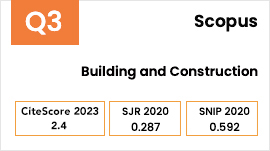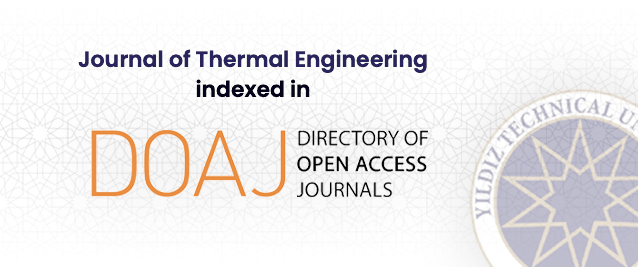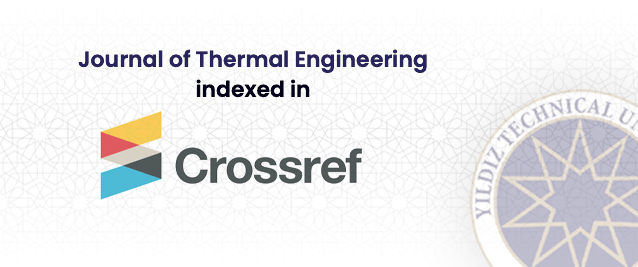2Government Polytechnic Gulzarbagh, Department of Science, Technology and Technical Education, Bihar, 800007, India
3State Board of Technical Education, Department of Science, Technology and Technical Education, Bihar, 800007, India
4Department of Mechanical Engineering, Sershah Engineering College, Sasaram Rohtas Bihar, 800007, India
Abstract
The current study focuses on performance of a 5.0 kWp PV solar system, a second-generation PV technology. The experimental PV solar system was installed at rooftop of G.P. Convent School, located in Sankat Mochan Nagar Morar, Gwalior, M.P, India (78.21°E, 26.22°N). The observed data indicates that daily average energy yields for experimental solar system were 5 kWh/kWp (array yield), 6.25 kWh/kWp (reference yield), and 4.91 kWh/kWp (final yield). While PVsyst simulations results estimated the slightly higher values of 5.46, 6.39, and 5.32 kWh/kWp, respectively. The total yearly power generated was 6910.2 kWh for experimental PV solar system and 7485 kWh according to PVsyst software. The payback period for a 5.0 kWp PV solar rooftop system ranges from about 4.57 years to 11.41 years, depending on the cost. The ROI ranges from 119% to 447.5%, with the system providing substantial long-term savings. These outcomes recommended that PV solar system performs well under Gwalior Madhya Pradesh meteorological conditions. The comparison between experimental data and PVsyst simulation indicates that PVsyst consistently overestimated performance metrics. The simulated Array Yield was 5.46 kWh/kWp, about 9.2% higher than the experimental 5.00 kWh/kWp. Reference Yield showed a smaller difference, with a 2.2% increase in the simulation. Final Yield was also overestimated by 8.4%, with simulated and experimental values of 5.32 and 4.91 kWh/kWp, respectively. The Annual Energy Output was 7485 kWh in the simulation, exceeding the experimental 6910.2 kWh by 8.3%. These discrepancies highlight a trend of optimistic projections by PVsyst when compared to real-world performance.





















